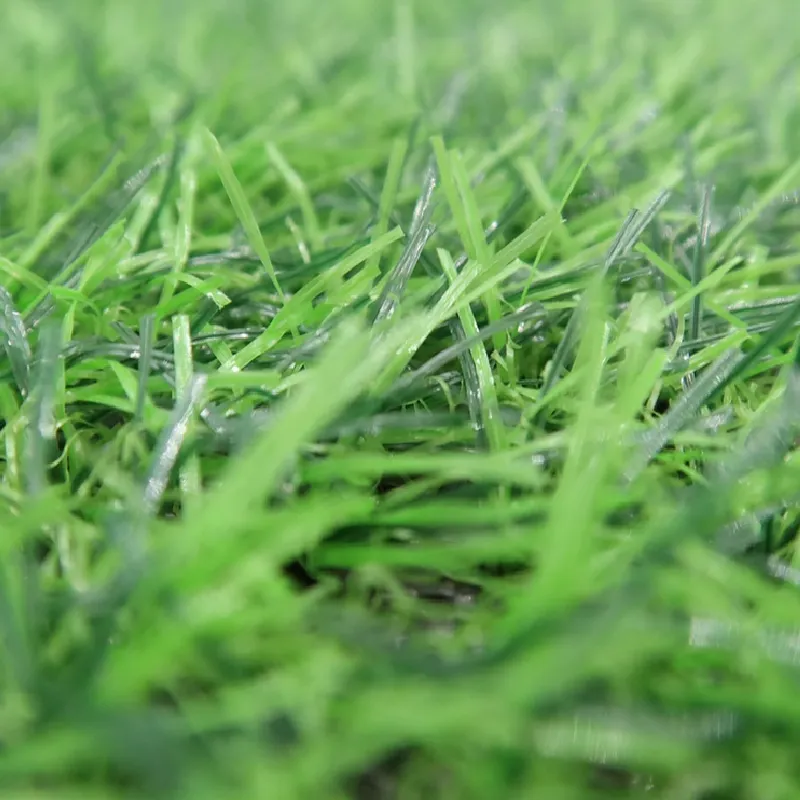
- Afrikaans
- Arabic
- Belarusian
- Bengali
- Czech
- Danish
- Dutch
- English
- Esperanto
- Estonian
- Finnish
- French
- German
- Greek
- Hindi
- Hungarian
- Icelandic
- Indonesian
- irish
- Italian
- Japanese
- kazakh
- Rwandese
- Korean
- Kyrgyz
- Lao
- Latin
- Latvian
- Malay
- Mongolian
- Myanmar
- Norwegian
- Persian
- Polish
- Portuguese
- Romanian
- Russian
- Serbian
- Spanish
- Swedish
- Tagalog
- Tajik
- Thai
- Turkish
- Turkmen
- Ukrainian
- Urdu
- Uighur
- Uzbek
- Vietnamese
artificial lawn price
Dec . 16, 2024 17:11 Back to list
The Cost of Artificial Lawns An In-Depth Analysis
In recent years, the installation of artificial lawns has gained immense popularity among homeowners and commercial property owners alike. The allure of a lush, green, and low-maintenance landscape has led many to consider this alternative to natural grass. However, understanding the pricing structure for artificial lawns is crucial when deciding whether to invest in this landscaping solution.
What Influences Artificial Lawn Prices?
The price of artificial lawns can vary significantly based on several factors. One of the primary determinants is the type of material used. Most artificial grass products are made from polyethylene, polypropylene, or nylon. Polyethylene is often the most affordable, providing a good balance between quality and cost. Nylon, while more durable, tends to come with a premium price tag due to its longevity and resilience, making it ideal for high-traffic areas.
The pile height and density of the grass also play a critical role in pricing. Grass with a higher pile height may look more realistic and lush, but it can also be more expensive. Similarly, tighter density often indicates a higher quality product; therefore, it commands a higher price. Homeowners should consider their specific needs—how much foot traffic the area will endure or the aesthetic they wish to achieve—when selecting the type of grass and determining the budget.
Installation Costs
Beyond the price of the material itself, installation costs can significantly impact the overall expenditure on artificial lawns. Professional installation is recommended to ensure the grass is laid correctly, which can prevent problems like drainage issues or wrinkling. Installation costs may vary based on factors such as the complexity of the project and the geographical location. On average, homeowners can expect to pay between $5 to $10 per square foot for professional installation, which could double the overall costs depending on the size of the lawn.
artificial lawn price

Long-term Savings
While the initial investment in an artificial lawn may seem steep, it is essential to consider the long-term savings that can be realized. Artificial lawns do not require watering, which can lead to significant savings on water bills, especially in arid regions. Additionally, there is no need for mowing, fertilizing, or pesticide applications, leading to reduced maintenance costs over time.
In fact, a well-maintained artificial lawn can last anywhere from 15 to 25 years, depending on usage and quality. Therefore, when evaluating artificial lawn prices, it is vital to factor in the potential reduction in maintenance expenses. In areas where water conservation is prioritized, the return on investment can be substantial.
Environmental Considerations
Another factor influencing the choice of artificial lawns is their environmental impact. Many artificial grass products now come with eco-friendly certifications, made from recyclable materials and designed to conserve water resources. However, the production process of synthetic grass does have ecological implications, including the carbon footprint associated with manufacturing. Homeowners should weigh these environmental considerations against the benefits of reduced water usage and chemical runoff.
Conclusion
In summary, the price of artificial lawns can vary widely based on materials, installation costs, and ongoing maintenance savings. While the initial costs might be higher than traditional grass, the long-term benefits—including reduced water bills and maintenance requirements—can justify the investment. Ultimately, homeowners must assess their specific needs, budget, and environmental values when making a decision about artificial lawns. This burgeoning trend reflects not only a shift in landscaping preferences but also a growing awareness of sustainable practices that can benefit both homeowners and the environment.
-
The Benefits of Artificial Turf for Indoors
NewsJul.15,2025
-
How Artificial Grass Suppliers Ensure Quality Products
NewsJul.15,2025
-
Artificial Grass and Pets: A Space for Relaxation
NewsJul.08,2025
-
Balcony & Outdoor Decoration with Artificial Grass
NewsJul.08,2025
-
Best Indoor Artificial Grass for Home
NewsJul.07,2025
-
Best Pet Turf for Dogs: Safe & Durable Artificial Grass Options
NewsJul.07,2025
Products categories









